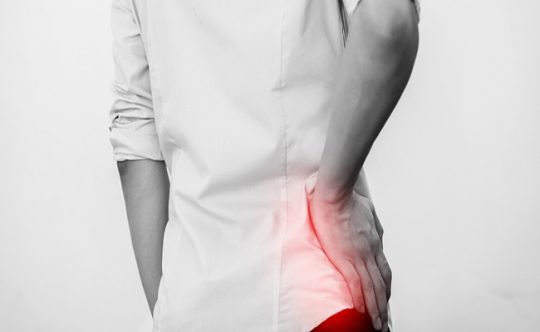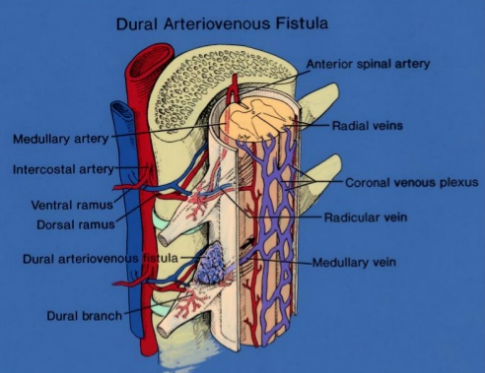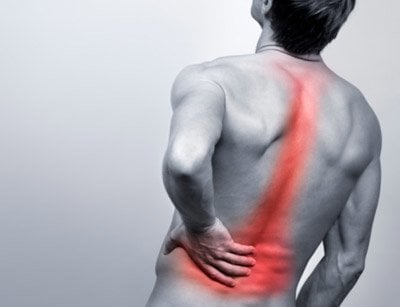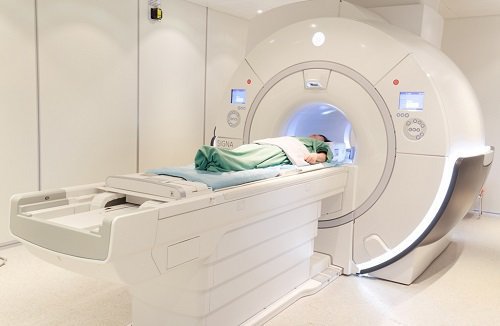CT scan procedure of cervical spine without contrast injection
This is an automatically translated article.
The article was professionally consulted by Specialist Doctor I Tran Cong Trinh - Radiologist - Radiology Department - Vinmec Central Park International General Hospital. The doctor has many years of experience in the field of diagnostic imaging.
Health problems in the cervical spine such as injuries, tumors, bone and soft tissue inflammation,... greatly affect health. Even the life of the patient. CT scan of the cervical spine without contrast injection is the indicated method to detect the above problems.
1. What is a CT scan of the cervical spine?
The cervical spine is the highest part of the spine, including the first 7 vertebrae. CT scan of the cervical spine is an acronym for computerized tomography of the cervical spine (CT scan). This is a medical procedure that combines X-ray methods with a computer, taking detailed pictures of the cervical spine. This method helps to create images of the cervical spine so that the doctor can evaluate the damage to the bones, discs, spinal canal and nearby components.
2. Indications/contraindications for CT scan of the cervical spine
2.1 Indications Computerized tomography usually has very quick results, so it is often used in emergency situations to help detect the following health problems:
Birth defects of the child's cervical spine; Spinal cord injury in patients unable to perform magnetic resonance imaging (MRI); Injury to the upper spine; Fracture ; Bone tumors and cancer; Disc herniation and compression of the cervical spine. 2.2 Contraindications There are no absolute contraindications to computed tomography of the cervical spine. However, this imaging method also has relative contraindications for pregnant women.
Birth defects of the child's cervical spine; Spinal cord injury in patients unable to perform magnetic resonance imaging (MRI); Injury to the upper spine; Fracture ; Bone tumors and cancer; Disc herniation and compression of the cervical spine. 2.2 Contraindications There are no absolute contraindications to computed tomography of the cervical spine. However, this imaging method also has relative contraindications for pregnant women.

Phương pháp chẩn đoán hình ảnh này có chống chỉ định tương đối với phụ nữ mang thai
3. Procedure for CT scan of cervical spine without contrast injection
3.1 Preparation of Implementation Personnel: Specialist doctors, nurses and radiology technicians; Technical facilities: Computed tomography machine, film, film printer and image storage system; Patients: Thoroughly explained about the procedure to coordinate properly according to the doctor's instructions; remove necklaces, earrings, hairpins, hearing aids or metal dental appliances if applicable; sedation may be given if too agitated, unable to stay still; Test card: The doctor's order form computerized tomography scan; medical records and related diagnostic imaging results, if any. 3.2 Conduct CT scan of the cervical spine Patient position: Place the patient in the machine frame, lie on his back, with the shoulders lowered as much as possible, with both hands placed down along the body. In addition, the patient held his breath and did not swallow during the examination; Localization of the entire cervical spine; Take the image positioned in the lateral direction, starting from the temporomandibular joint to the lower border; Set the imaging program according to clinical requirements. Can use cutting layers in the direction of discs to identify herniated disc disease or capture the entire cervical spine, using software that can process images after taking; Select film images on disc windows, bone windows. During the scan, the patient needs to be still because movement can blur the image. The process of taking a CT scan of the cervical spine usually takes 10-15 minutes.
3.3 Read results CT scan results of the cervical spine are usually available within 48 hours. Your doctor will review the results and determine next steps. Possible problems include:
3.3 Read results CT scan results of the cervical spine are usually available within 48 hours. Your doctor will review the results and determine next steps. Possible problems include:
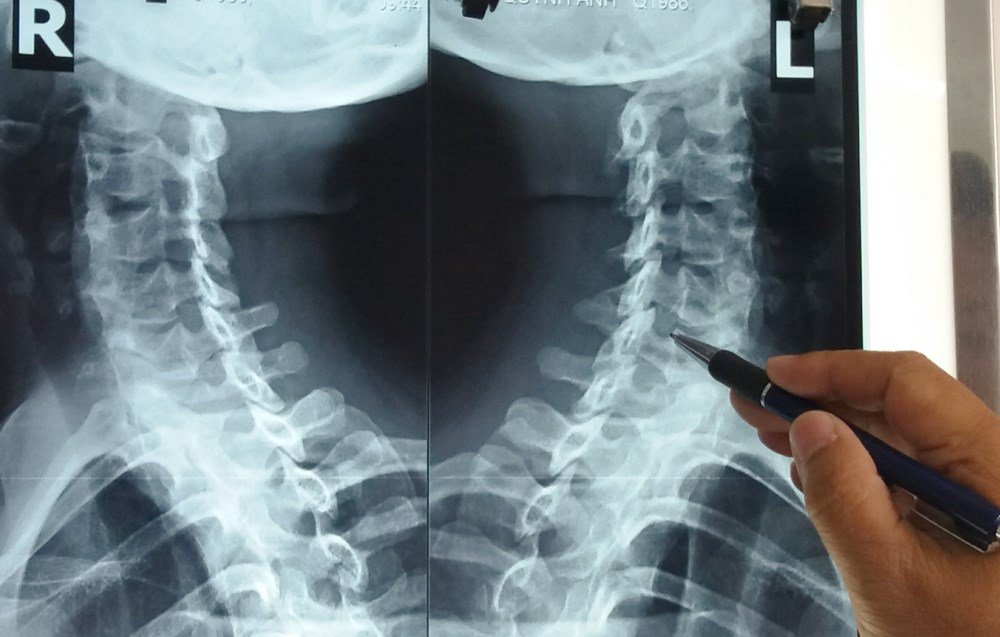
Kết quả chụp CT cột sống cổ thường có trong vòng 48 tiếng
Evaluation of lesions in degenerative spondylosis such as ligament degeneration, lateral joint block degeneration, degenerative spondylolisthesis, spinal stenosis; Evaluation of vertebral body injuries such as collapse of the vertebral body, sliding of the vertebral body, rupture of the vertebral body,... In particular, it is important to pay attention to the image of displaced lesions on the posterior wall of the vertebral body (due to the risk of compression of the spinal cord and spinal roots). very high) with posterior arch lesions, traumatic hematoma, signs of disc herniation, soft tissue damage, location of foreign bodies; Evaluation of congenital abnormalities of the spine; Doctors read lesions and can give professional advice to patients and relatives. Depending on the results obtained, the doctor may order the patient to have an additional CT scan of the cervical spine, blood tests or other diagnostic methods to get an accurate conclusion.
3.4 Complications and how to handle CT scan technique of cervical spine without complications. However, some errors may occur, so the technique must be repeated if the patient does not remain still during the scan or the image is not clear.
Some notes:
Regarding the results, sometimes a CT scan of the cervical spine will detect lesions that other methods such as X-ray, MRI or ultrasound cannot detect; Children need to be carefully guided when performing a CT scan. For children who are too young or too scared, the doctor may give the child a sedative to help them relax. The procedure for CT scan of the cervical spine without contrast injection is quite simple and usually does not cause complications. Therefore, when being assigned to perform this imaging method, patients should not be too worried but just follow the doctor's instructions.
Vinmec International General Hospital is one of the hospitals that not only ensures professional quality with a team of leading medical doctors, modern equipment and technology, but also stands out for its examination and consultation services. comprehensive and professional medical consultation and treatment; civilized, polite, safe and sterile medical examination and treatment space.
3.4 Complications and how to handle CT scan technique of cervical spine without complications. However, some errors may occur, so the technique must be repeated if the patient does not remain still during the scan or the image is not clear.
Some notes:
Regarding the results, sometimes a CT scan of the cervical spine will detect lesions that other methods such as X-ray, MRI or ultrasound cannot detect; Children need to be carefully guided when performing a CT scan. For children who are too young or too scared, the doctor may give the child a sedative to help them relax. The procedure for CT scan of the cervical spine without contrast injection is quite simple and usually does not cause complications. Therefore, when being assigned to perform this imaging method, patients should not be too worried but just follow the doctor's instructions.
Vinmec International General Hospital is one of the hospitals that not only ensures professional quality with a team of leading medical doctors, modern equipment and technology, but also stands out for its examination and consultation services. comprehensive and professional medical consultation and treatment; civilized, polite, safe and sterile medical examination and treatment space.
Please dial HOTLINE for more information or register for an appointment HERE. Download MyVinmec app to make appointments faster and to manage your bookings easily.
This article is written for readers from Sài Gòn, Hà Nội, Hồ Chí Minh, Phú Quốc, Nha Trang, Hạ Long, Hải Phòng, Đà Nẵng.

